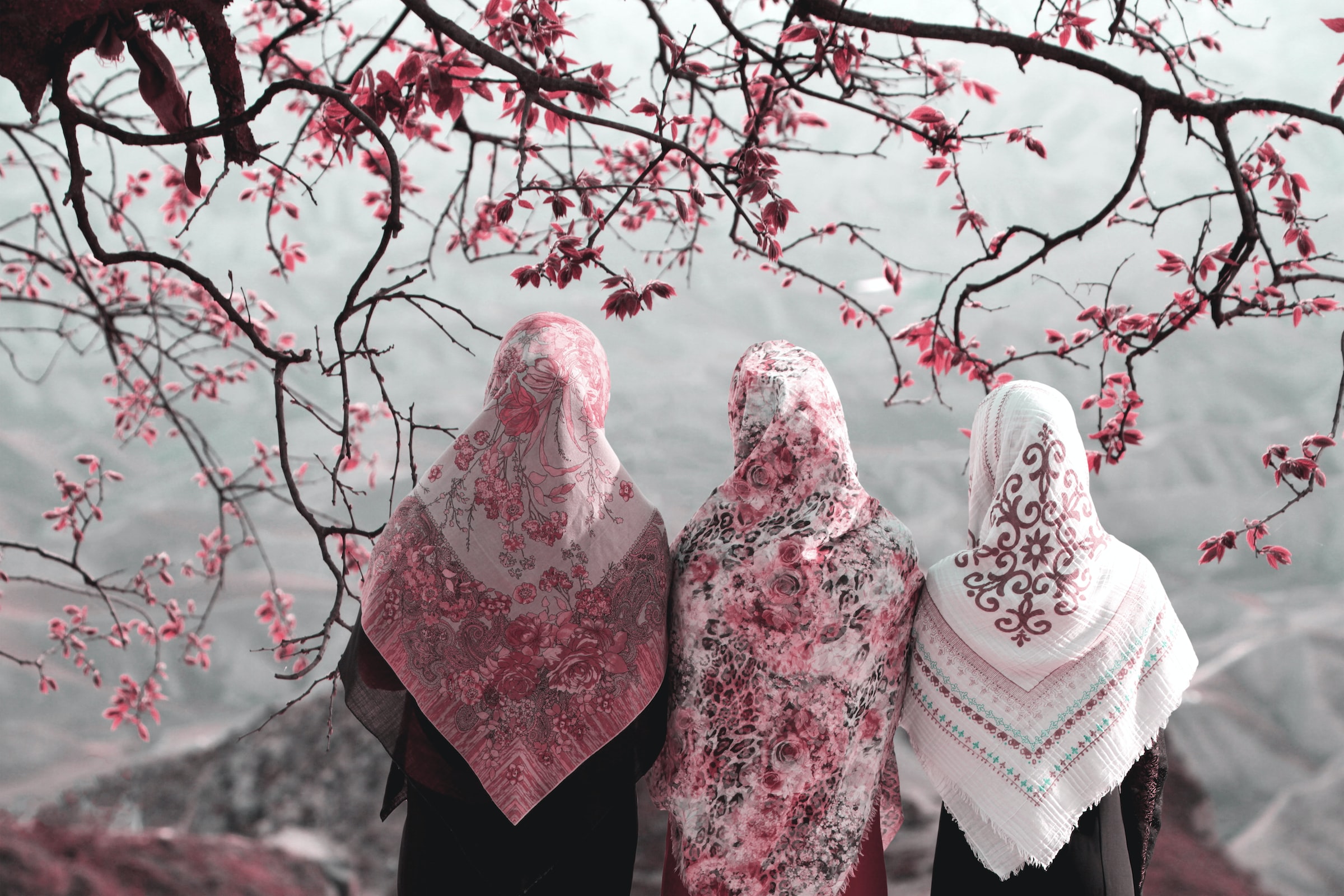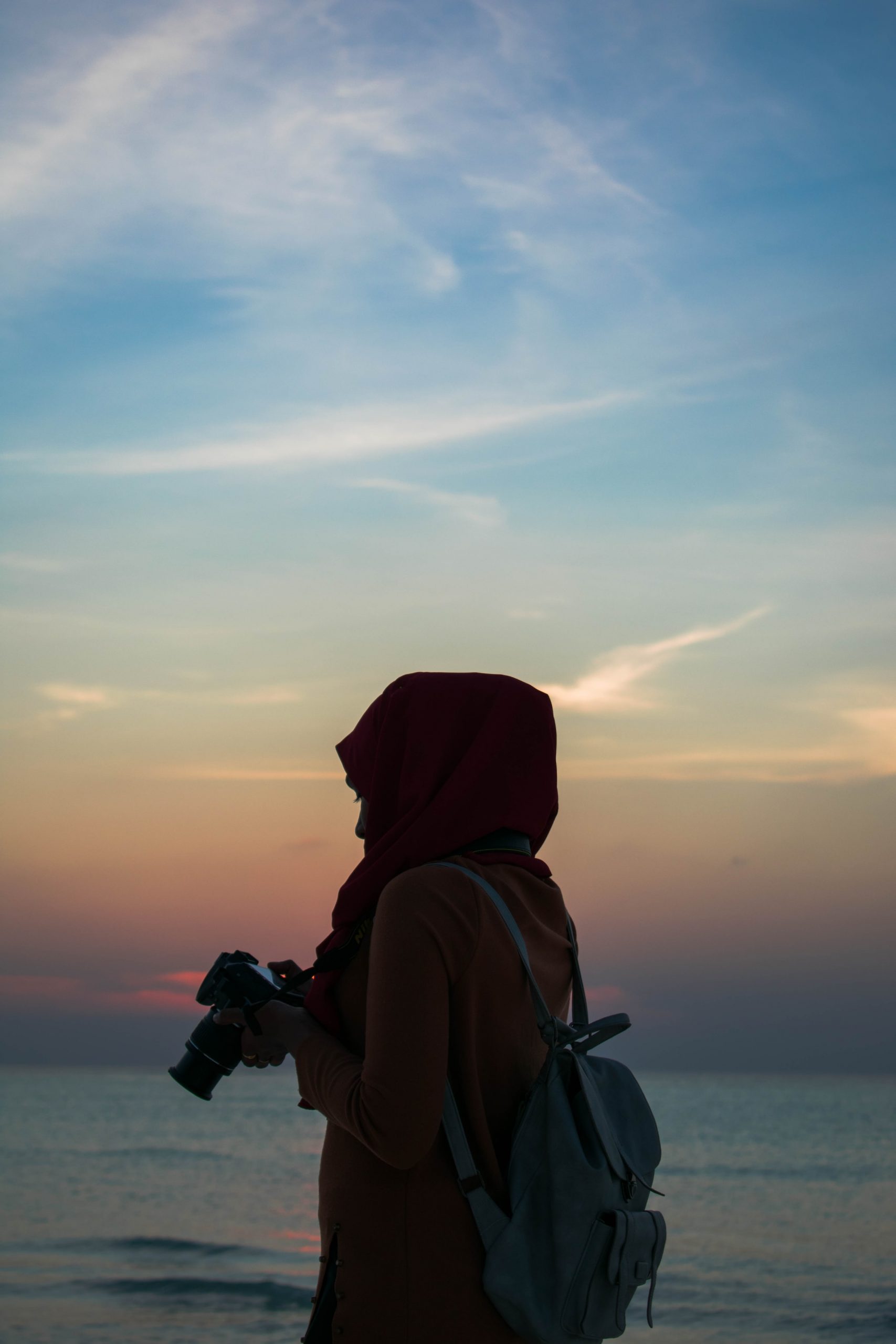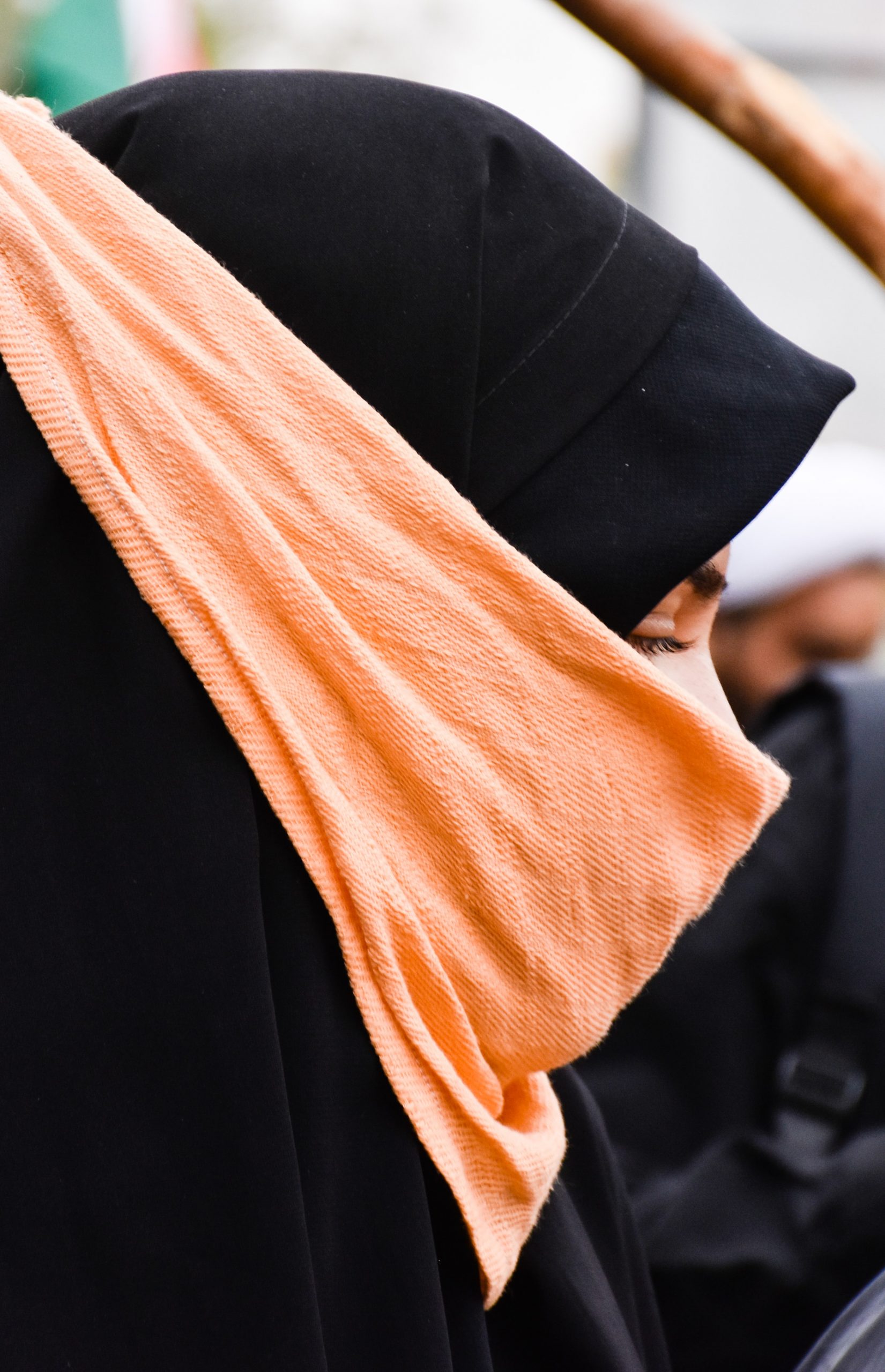The Council of Europe has withdrawn its controversial campaign celebrating “freedom in the hijab”. The wearing of this religious garment has repeatedly provoked heated debates in France. How to differentiate between the hijab and other veils? Which outfits are prohibited, and in which space? Overview of what the law allows.
Hijab, niqab, burqa… The terms relating to Islamic clothing are legion, and each one indicates a precise dress. The hijab, celebrated in a video made by the Council of Europe, corresponds to the “generic” veil. It is used to refer to the most widespread Islamic veil, the one that covers the head and hair but not the face. The niqab, on the other hand, is a veil that covers the entire body, including the face, except for the eyes. It is worn by practitioners of rigorous Islam, notably by followers of Salafism.
Finally, the burqa, born in Afghanistan, consists of a veil covering the woman’s entire body, including the face. Only a veil or a grid of fabric, placed at the level of the eyes, allows seeing. The Taliban, Islamic fundamentalists, imposed the burqa when they came to power in the country in the late 1990s. So, without further ado, let’s dive into this blog and learn some things everyone should know about France’s anti-veil law.
The full veil is banned in all public spaces

The full veil, which includes the burqa and the niqab, has been banned from public places in France since the law of October 11, 2010, prohibiting the concealment of the face in public space. This includes the street, public transport, shops, hospitals, administrations, and cinemas. However, no reference to Islam is mentioned in the law.
It states that “no one may, in the public space, wear clothing intended to conceal his or her face” in the sense that such practices “may constitute a danger to public safety and disregard the minimum requirements of life in society”. Validated by the Constitutional Council in 2010 and then by the European Court of Human Rights (ECHR) in 2014, the law provides up to 150 euros in fines in case of a blunder. In the space of five years, more than 1,500 fines have been imposed.
The partial veil is prohibited in schools except in universities.
The hijab, just like the Iranian chador, is authorized in France in all public spaces, with the exception of schools, colleges, and public high schools, and this since the law of March 15, 2004, which prohibits the wearing of religious signs judged “ostensible” in the school establishments. The law also prohibits wearing the yarmulke, large Christian crosses, and the dastar, the turban worn by the Sikh community. Universities are not affected by the ban.
Following the famous Baby Loup affair, the French justice validated in June 2014 the dismissal for “serious misconduct” of a veiled woman employed in a private daycare center. In the wake of this case law, parliamentarians voted in May 2015 for a law on the principle of “religious neutrality” in establishments catering to children under six.
Wearing the veil in the workplace: case by case

If, according to the law, civil servants are required to respect “strict neutrality”, the question of wearing the veil in private companies is not definitively decided on the legal level. It is, therefore, a case-by-case approach that prevails. Nothing prohibits the veil, in principle, in the name of religious freedom. But some employers oppose it, believing it harms their business.
The French (Court of Cassation, Council of State) and European (CJEU, ECHR) courts are regularly called upon to rule on a case-by-case basis. In a company, “a clause in the internal regulations may prohibit an employee in contact with customers from wearing any sign expressing personal beliefs,” says service-public.fr, the French government website. An employer may also prohibit certain outfits or accessories for safety or sanitary hygiene reasons.
The courts suspended the burkini bans.
Cannes, Nice, Villeneuve-Loubet, La Ciotat, Le Touquet or Saint-Laurent-du-Var. In the summer of 2017, thirteen municipalities have taken orders prohibiting the wearing of the burkini on their beaches. Again, no mention of the word “burkini” or reference to Islam: the municipalities prohibit access to public beaches “to any person who does not have a proper dress, respectful of good morals and secularism and respecting the rules of hygiene and safety of bathing.” A measure that leaves a great margin of appreciation for the police force.
The town halls, beset by criticism, defend themselves by invoking the context of the state of emergency, which according to them, would legitimize the ban on the burkini, “beachwear manifesting a religious affiliation” and “likely to create risks of disturbance to public order,” according to the rulings. Unlike the veil, there is no law restricting the wearing of the burkini, which remains rare on the French coast. This is why the courts have suspended most “anti-burkini” decrees.
Sound off in the comments section below, and tell us what you want to read next and if you want to read more about France’s anti-veil laws.

